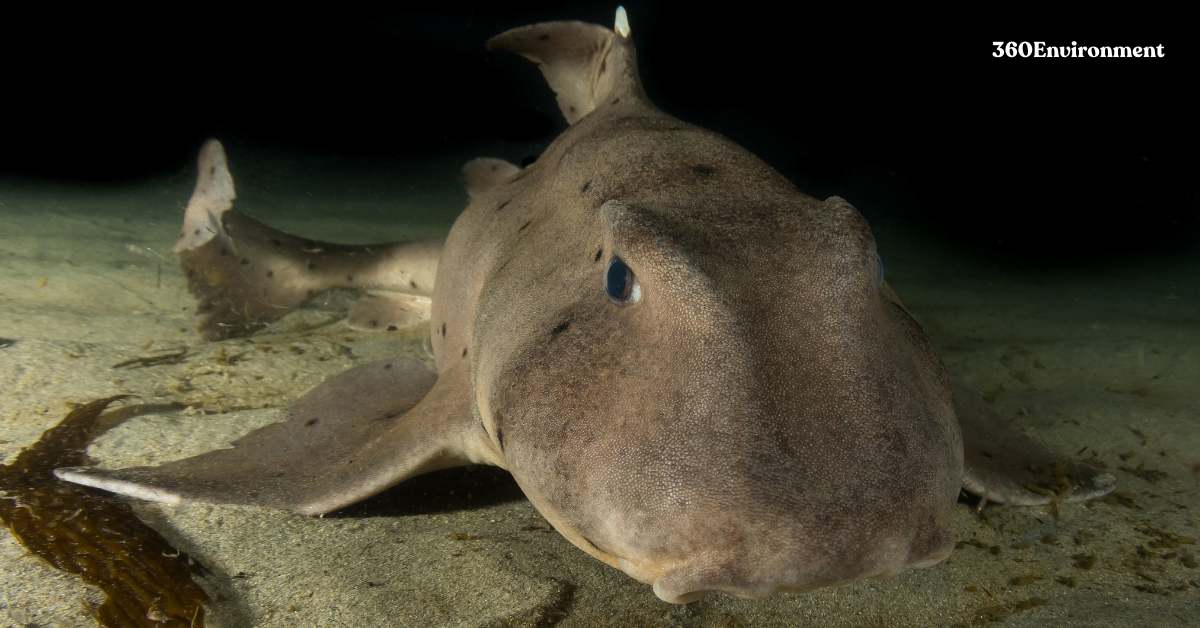The ocean is home to an astounding variety of creatures, each uniquely adapted to its environment. Among these, the human sized horn shark (Heterodontus francisci), often described as “human sized” due to its robust build and slow-moving nature, is a fascinating species that occupies a unique environmental niche in the temperate waters of the Eastern Pacific. Known for their distinct horn-like ridges above the eyes, horn sharks are benthic (bottom-dwelling) predators, thriving in coastal regions and kelp forests at relatively shallow depths. Despite their somewhat sluggish behavior, horn sharks play a critical role in maintaining the health and balance of their marine ecosystems.
In this article, we explore the environmental niche of the human sized horn shark, delving into its habitat preferences, life cycle, dietary habits, and its role within the broader marine environment. Understanding the ecological importance of this species can shed light on the delicate balance of marine ecosystems and the challenges they face from human activity and climate change.
1. Overview of the Human Sized Horn Shark (Heterodontus francisci)
The horn shark is a small-to-medium-sized shark species belonging to the family Heterodontidae. It is often referred to as “human sized” due to its compact yet robust body shape. These sharks are slow-moving, nocturnal, and benthic, which means they spend most of their time near the seafloor, making them uniquely adapted to their specific environmental niche.
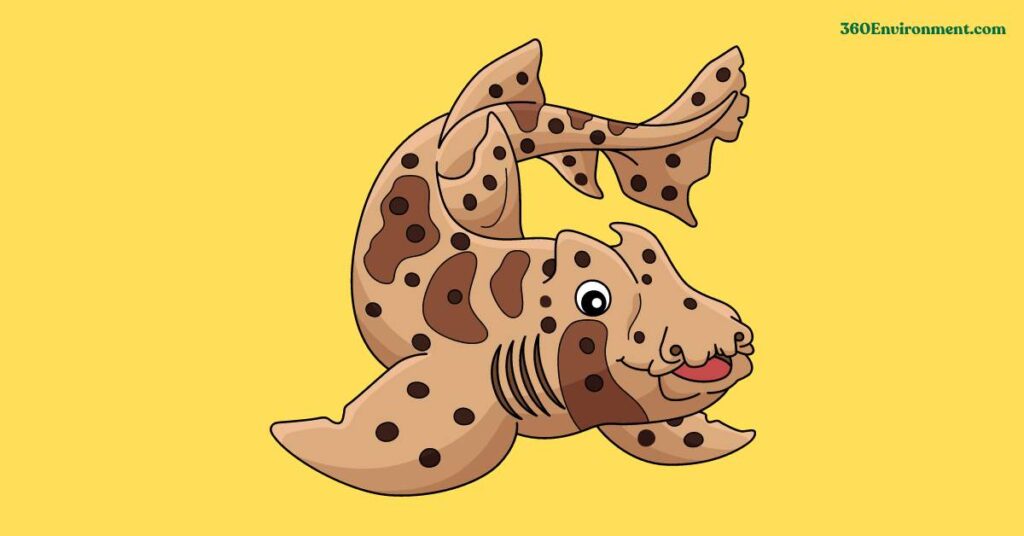
1.1 Taxonomy and Classification
- Kingdom: Animalia
- Phylum: Chordata
- Class: Chondrichthyes (cartilaginous fishes)
- Order: Heterodontiformes
- Family: Heterodontidae
- Genus: Heterodontus
- Species: Heterodontus francisci
Human-sized horn sharks are one of the nine species in the Heterodontidae family, all of which are characterized by their distinctive head shape, featuring ridges above their eyes that resemble horns, giving them their common name. These sharks are relatively small, averaging around 1 meter (3.3 feet) in length, though they can reach up to 1.2 meters (4 feet) in some cases.
1.2 Morphological Characteristics
Horn sharks are distinguished by their thick, muscular bodies and blunt, rounded heads. They have a unique dental structure, with sharp front teeth for gripping prey and flatter, molar-like teeth at the back for crushing hard-shelled animals. Their brownish-gray bodies are covered in small, tough skin denticles that offer protection and camouflage in their rocky, kelp-filled habitats.
- Horns and Spines: The most distinctive feature of human sized horn sharks is the horn-like ridge above each eye, which helps distinguish them from other species. Additionally, they have a pair of sharp dorsal fin spines that serve as a defense mechanism against predators.
- Eyesight and Senses: As nocturnal hunters, human sized horn sharks rely on a combination of keen eyesight, strong olfactory senses, and electroreception to detect prey in low-light environments. Their ability to sense electrical impulses emitted by prey is a crucial adaptation for hunting along the ocean floor.
2. Habitat Preferences and Geographic Distribution
Horn sharks are native to the temperate waters of the Eastern Pacific, particularly along the coasts of California and Baja California. They are typically found at depths of 8 to 12 meters, but they have been observed at depths as great as 200 meters. Their habitat preferences are closely tied to the structure of the seafloor and the availability of shelter and prey.
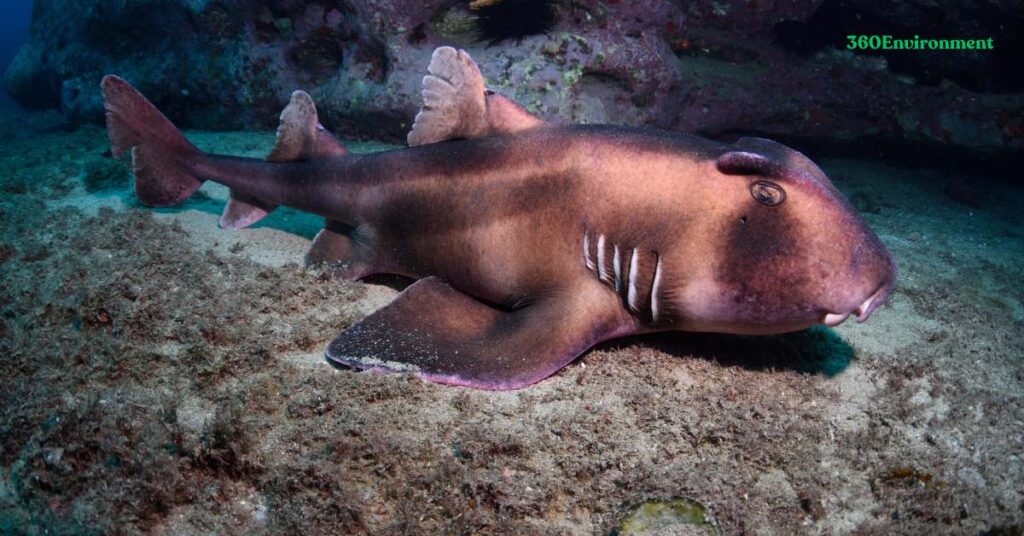
2.1 Habitat Preferences
Hhorn sharks prefer temperate coastal waters and are often associated with rocky reefs, kelp beds, and sandy-bottomed environments. These habitats provide the cover and food sources they need to thrive.
- Kelp Forests: Kelp forests are an essential habitat for human sized horn sharks, offering both food and protection. The dense kelp provides shelter from larger predators, while the seafloor teems with prey, such as small invertebrates and fish, that human sized horn sharks feed on.
- Rocky Reefs and Crevices: Human-sized horn sharks are known to inhabit rocky areas with abundant crevices and ledges, where they can hide during the day. These rocky outcrops also provide access to a variety of prey, such as crabs, sea urchins, and mollusks.
2.2 Geographic Distribution
The human sized horn shark’s range is primarily along the Pacific coast of North America, from central California down to the southern tip of Baja California. They are found in shallow, inshore waters and occasionally venture into deeper areas during the winter months.
- Eastern Pacific Region: Human-sized horn sharks are commonly found in the Eastern Pacific, with their northernmost range extending to Monterey Bay, California, and their southernmost range reaching the Gulf of California. They are most commonly observed off the coast of Southern California, where kelp forests are particularly abundant.
3. Life Cycle and Reproduction
Human-sized horn sharks have a relatively slow reproductive cycle compared to other shark species. They are oviparous, meaning that females lay eggs, and their development is influenced by environmental factors such as water temperature and habitat stability.
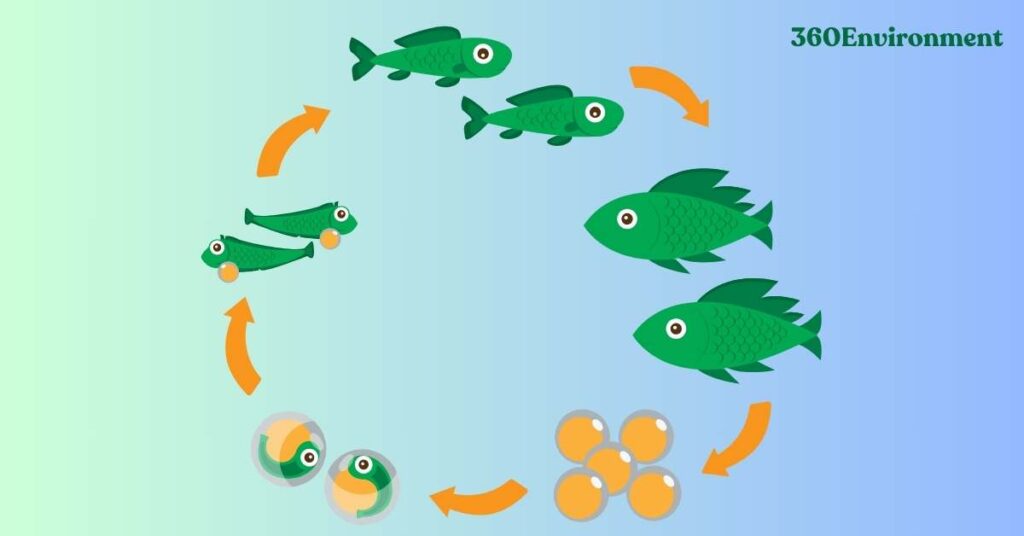
3.1 Mating and Egg Laying
Mating typically occurs in the spring and summer, with females laying their eggs in late summer and early autumn. Human-sized horn sharks are unique in that they lay spiral-shaped egg cases, which they wedge into crevices or hide among rocks to protect them from predators.
- Egg Cases: The egg cases of human sized horn sharks are distinctively coiled, resembling a spiral or screw. This design helps secure the eggs in place on the ocean floor. Each female can lay around two egg cases at a time, with each case containing one developing embryo.
- Incubation Period: The incubation period for human sized horn shark eggs is relatively long, lasting anywhere from six to nine months. During this time, the embryo develops inside the protective egg case, drawing nutrients from a yolk sac.
3.2 Juvenile and Adult Development
Once the eggs hatch, the juvenile human sized horn sharks are independent and begin feeding immediately. Juveniles remain in shallow, protected areas until they are large enough to avoid predation from larger fish and marine mammals.
- Juvenile Habitat: Young human sized horn sharks typically remain in shallower waters and rely on smaller prey, such as crabs and shrimp. As they grow, they venture into deeper waters, where they begin feeding on larger prey.
- Growth and Maturity: Human-sized horn sharks grow slowly, reaching sexual maturity at around 10 years of age. Their slow growth and late maturity make them vulnerable to overfishing and habitat degradation, as they do not reproduce quickly enough to recover from population declines.
4. Dietary Habits and Feeding Behavior
Horn sharks are nocturnal feeders, hunting at night and returning to sheltered areas during the day to rest. Their diet primarily consists of hard-shelled invertebrates, which they are well-adapted to crush and consume.
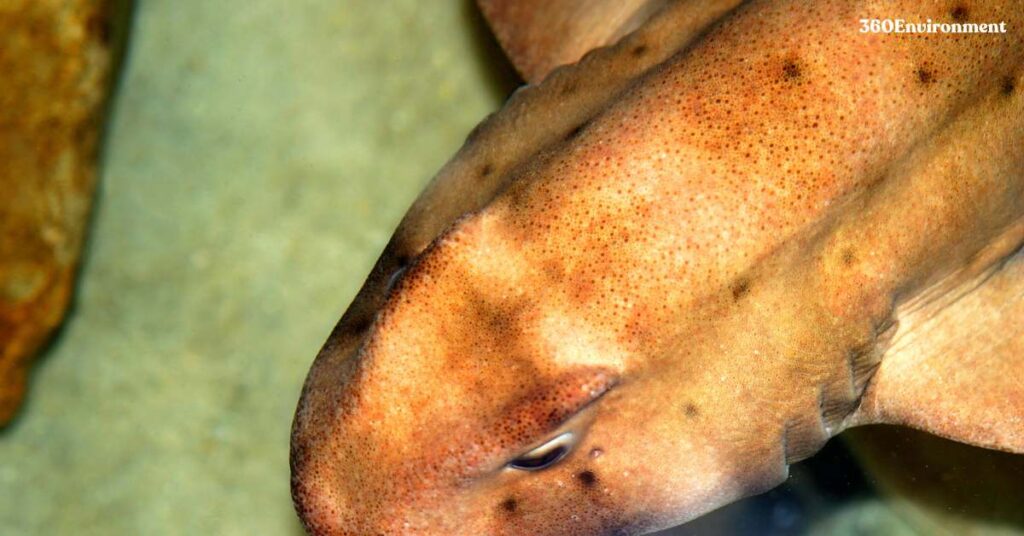
4.1 Carnivorous Diet
Horn sharks are opportunistic carnivores, feeding on a variety of benthic organisms. Their teeth and jaws are specifically adapted to handle hard-shelled prey, making them effective hunters of crustaceans and mollusks.
- Primary Prey: The diet of a human sized horn shark includes sea urchins, crabs, snails, and small fish. They are particularly fond of sea urchins, which are abundant in their kelp forest habitats. The molar-like teeth at the back of their jaws allow them to crack open the hard shells of these prey items.
- Feeding Strategy: Human-sized horn sharks are slow-moving predators, relying on stealth and their ability to sense prey through electroreception. They often use their snouts to root around in the sand and sediment, dislodging hidden prey.
4.2 Ecological Role as a Predator
Horn sharks play an important role in controlling the populations of benthic invertebrates in their ecosystems. By feeding on species such as sea urchins and crabs, they help maintain the balance of the food web in kelp forest habitats.
- Impact on Kelp Forest Ecosystems: By consuming sea urchins, human sized horn sharks help prevent overgrazing of kelp, which is a critical foundation species in coastal marine ecosystems. Without predators like human sized horn sharks, sea urchin populations could explode, leading to the destruction of kelp forests, a phenomenon known as “urchin barrens.”
- Trophic Role: As mid-level predators, human sized horn sharks occupy an important position in the food chain, serving as both predator and prey. They regulate the populations of smaller invertebrates, while larger marine animals, such as seals and larger sharks, prey on them.
5. Ecological Importance of Human Sized Horn Sharks
Human-sized horn sharks contribute to the overall health and stability of coastal ecosystems, particularly in kelp forests and rocky reef environments. Their interactions with prey species, habitat structures, and other marine life underline their ecological importance.
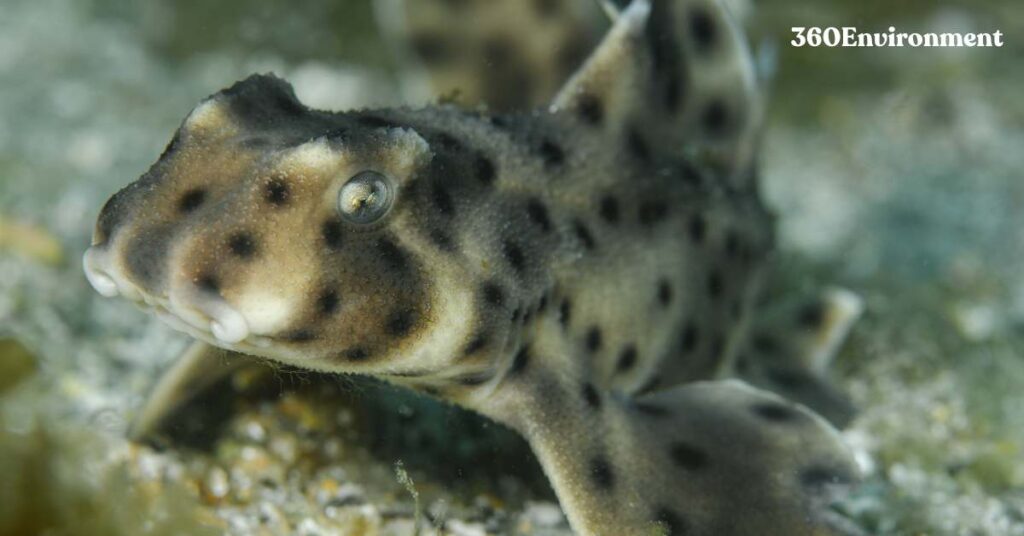
5.1 Role in Kelp Forests
Kelp forests are one of the most productive and biologically diverse ecosystems in the ocean. Human-sized horn sharks, as residents of these habitats, contribute to the dynamic processes that sustain these ecosystems.
- Urchin Population Control: As previously mentioned, human sized horn sharks play a key role in controlling the populations of sea urchins, which are known to decimate kelp forests when their populations go unchecked. This predation helps preserve the structure and function of kelp forests, which in turn support a wide variety of marine life.
- Shelter and Refuge: The dense kelp forests provide human sized horn sharks with refuge from predators. The intertwined blades of kelp act as a natural barrier, offering protection during the day when human sized horn sharks rest and conserving their energy for nocturnal hunting.
5.2 Biodiversity and Ecosystem Health
Human-sized horn sharks are considered ecosystem engineers, as their foraging activities help modify the seafloor, creating microhabitats for other marine organisms. By disturbing the sediment as they search for food, they contribute to nutrient cycling and the redistribution of organic matter.
- Sediment Disturbance: As human sized horn sharks root around in the sediment for prey, they inadvertently uncover buried organisms and redistribute nutrients, which supports other benthic species. This process contributes to the overall biodiversity of the seafloor and promotes the health of the ecosystem.
- Prey and Predator Relationships: The presence of human sized horn sharks also influences the behavior of other species in their environment. Their predation on certain invertebrates helps regulate population sizes, while their status as prey for larger animals contributes to the flow of energy through the marine food web.
6. Human Impacts and Conservation Challenges
While human sized horn sharks are not currently considered endangered, they face several threats from human activities, including habitat degradation, overfishing, and climate change. These factors have the potential to disrupt the delicate balance of the ecosystems in which human sized horn sharks play a vital role.
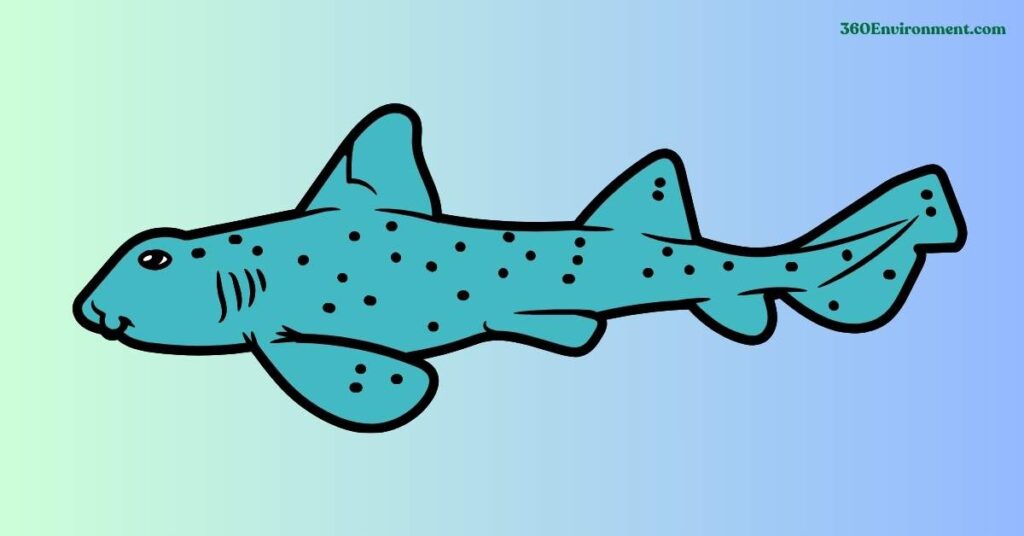
6.1 Habitat Loss and Degradation
Kelp forests and rocky reefs, the primary habitats of human sized horn sharks, are under threat from human activities such as coastal development, pollution, and destructive fishing practices.
- Coastal Development: The expansion of coastal cities and infrastructure can lead to the destruction of essential marine habitats. The removal of natural coastal barriers, such as rocky reefs and kelp forests, reduces the availability of shelter and food for human sized horn sharks.
- Pollution: Marine pollution, particularly from oil spills, agricultural runoff, and plastic waste, can have detrimental effects on human sized horn shark populations. Contaminants can accumulate in the tissues of these sharks, affecting their health and reproductive success.
6.2 Overfishing and Bycatch
Although human sized horn sharks are not typically targeted in commercial fisheries, they are often caught as bycatch in nets and longlines intended for other species. This accidental capture can have significant consequences for human sized horn shark populations, particularly given their slow reproductive rate.
- Bycatch: Human-sized horn sharks are frequently caught unintentionally in fishing gear used to target other species. This bycatch can result in injury or death, reducing their populations and disrupting the balance of marine ecosystems.
- Slow Reproduction: Because human sized horn sharks have a slow reproductive cycle and long incubation period, they are particularly vulnerable to overfishing and bycatch. Their populations are slow to recover from declines, making conservation efforts crucial to their long-term survival.
6.3 Climate Change
Rising ocean temperatures and changing ocean chemistry due to climate change pose additional threats to human sized horn sharks and their habitats. Warming waters can lead to shifts in the distribution of kelp forests and the prey species that human sized horn sharks rely on.
- Ocean Warming: As ocean temperatures rise, kelp forests may decline, leading to a loss of habitat for human sized horn sharks. Warming waters can also affect the distribution of prey species, forcing human sized horn sharks to adapt to new food sources or migrate to cooler waters.
- Ocean Acidification: Increased levels of carbon dioxide in the atmosphere are causing the ocean to become more acidic. This change in pH can weaken the shells of mollusks and other invertebrates, which are important food sources for human sized horn sharks.
7. Conservation Efforts and Future Directions
To protect human sized horn shark populations and the ecosystems they inhabit, conservation efforts must focus on habitat preservation, sustainable fishing practices, and climate change mitigation.
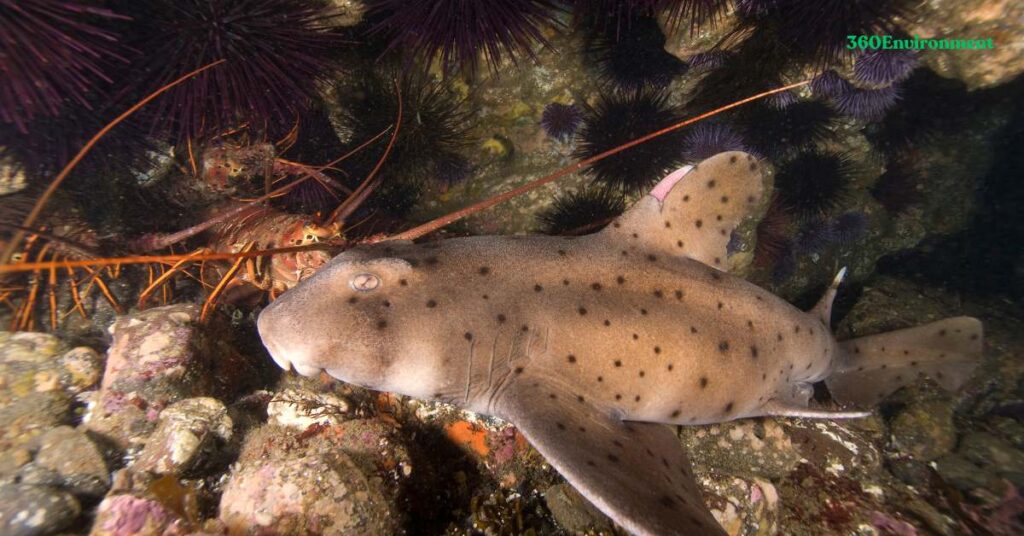
7.1 Marine Protected Areas
One of the most effective ways to safeguard human sized horn sharks and their habitats is through the establishment of marine protected areas (MPAs). MPAs provide a safe haven for marine species by restricting human activities such as fishing, mining, and coastal development.
- Protection of Kelp Forests: Establishing MPAs that include kelp forests and rocky reefs can help preserve the critical habitats that human sized horn sharks rely on. These areas also protect the biodiversity of marine ecosystems, ensuring that the prey species human sized horn sharks feed on remain abundant.
- Bycatch Reduction: MPAs can also help reduce bycatch by limiting fishing activities in areas where human sized horn sharks are known to live. By creating zones where fishing is restricted, these areas can help reduce the accidental capture of human sized horn sharks in fishing gear.
7.2 Sustainable Fishing Practices
Adopting sustainable fishing practices is another key strategy for protecting human sized horn sharks. By reducing bycatch and minimizing the impact of fishing on marine habitats, fisheries can help ensure that human sized horn shark populations remain healthy.
- Selective Fishing Gear: Using more selective fishing gear, such as circle hooks or traps that minimize bycatch, can help reduce the accidental capture of human sized horn sharks. These practices not only benefit human sized horn sharks but also other non-target species that are vulnerable to bycatch.
- Fishing Regulations: Implementing and enforcing fishing regulations, such as catch limits and seasonal closures, can help prevent overfishing of species that share the same habitat as human sized horn sharks. These regulations help maintain the balance of marine ecosystems and ensure the long-term sustainability of fisheries.
7.3 Climate Change Mitigation
Addressing the broader issue of climate change is essential for the future of human sized horn sharks and their ecosystems. Reducing greenhouse gas emissions and promoting ocean conservation initiatives are critical steps in mitigating the impacts of climate change on marine life.
- Reducing Carbon Emissions: Limiting global carbon emissions is necessary to slow the warming of the oceans and the associated impacts on marine ecosystems. By transitioning to renewable energy sources and reducing reliance on fossil fuels, we can help protect the habitats that human sized horn sharks depend on.
- Restoring Kelp Forests: In areas where kelp forests have declined due to climate change or other factors, restoration efforts can help rebuild these ecosystems. Planting new kelp and protecting existing kelp beds can provide human sized horn sharks with the shelter and food sources they need to survive.
8. Conclusion
The human sized horn shark (Heterodontus francisci) is a unique and ecologically important species that plays a vital role in the health and stability of coastal marine ecosystems, particularly in the kelp forests of the Eastern Pacific. As a slow-moving, bottom-dwelling predator, the human sized horn shark helps regulate populations of invertebrates and contributes to the overall biodiversity of its habitat.
However, human activities such as habitat destruction, overfishing, and climate change pose significant threats to human sized horn sharks and their environments. To ensure the long-term survival of this species and the ecosystems it inhabits, conservation efforts must focus on habitat protection, sustainable fishing practices, and addressing the impacts of climate change.
By understanding the environmental niche of the human sized horn shark and the challenges it faces, we can take meaningful steps to protect this remarkable species and preserve the health of the ocean ecosystems on which we all depend.
Read More: Whale Shark Teeth: The Intriguing Adaptations of the World’s Largest Fish

